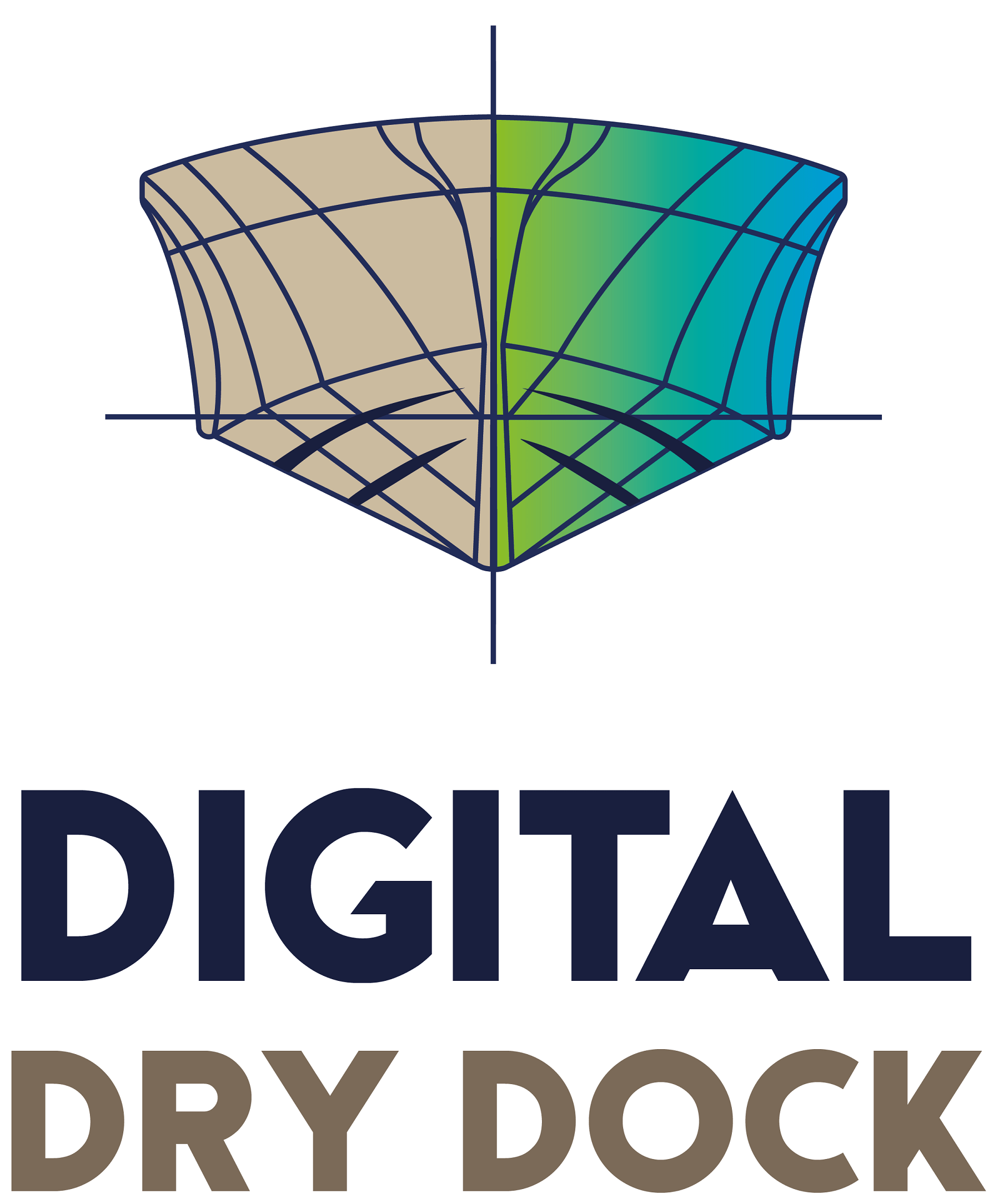Amongst Digital Dry Dock’s work this year, we have been involved in two exciting refits of 100 ft commercial vessels. Both benefited greatly from 3D digital scanning to assist with refit modifications and create 3D hull models to be used in stability simulation analysis.
These projects are excellent examples of how versatile 3D digital scanning can be. The two vessels we worked on – M.V Conway Castle and Lantic Bay – were in very different locations geographically, one of which required the completion of work within a short time frame.
As naval architects, it’s projects like these which inspired the creation of Digital Dry Dock. We understand that being able to complete work in short time frames without compromising on precision is crucial to effective vessel construction and maintenance operations.
We were able to deploy at short notice and work around normal shipyard operations, meaning that site activities were able to continue whilst we were on site surveying. As a result, both project outcomes included huge time and cost savings for the client, compared to traditional dry dock measuring techniques.
The case studies below provide more information on each of the projects.
Case Study: M.V. Conway Castle

The vessel: The MV Conway Castle is the largest passenger vessel on the River Severn (104 ft), licensed for up to 195 passengers with 2 exterior and 2 interior decks. She was based in Arctic Road Dry Dock in the Isle of Wight earlier this year, when work commenced.
The job: To provide dimensional data used to facilitate the rapid conversion of the vessel from a passenger river cruise vessel to a high end floating restaurant. Our purpose was to scan her hull and superstructure to produce data used to calculate her stability characteristics. This was to allow the design team to quickly draw up and manage her steelwork modifications, enabling the new superstructure to be built off-site and to the correct size.
The challenges: The project needed to be completed within a short time frame (as soon as possible), with work being split between two different yards. This was necessary to enable the removal of the existing superstructure and the construction of a new one to be carried out simultaneously.
What we did: MV Conway Castle was scanned twice. The first survey of the deck and interior took place in Sharpness (December 2020) whilst the vessel was afloat. Drawings were provided within two weeks, over the Christmas period. The second survey of the hull and superstructure took place in the Isle of Wight dry dock, with drawings provided two days afterwards. Using Digital Dry Dock’s point cloud data, a new superstructure was built in aluminium.
The outcome: The data collected made it possible to complete stability simulation analysis within a short time-frame before works commenced. Without 3D laser scan data the client would not have been able to build the new superstructure and modifications in a different location to the vessel.

Case Study: Lantic Bay

The vessel: Lantic Bay is a 95ft dredger based in Polruan on the Fowey Estuary. She is owned by C. Toms and Son Ltd and is known as one of the most successful builds of Brazen Island shipyard. Lantic Bay has undergone multiple previous modifications to enable her to move vast quantities of dredged material from Fowey Harbour.
The job: Working with the shipyard, Fowey Harbour Commissioners and a naval architect to oversee Lantic Bay’s refit and the installation of a new digger mounted on her forward deck. Our role was to scan the hull to provide the basis for updating her stability book and to check if the deck structure was strong enough to support the new digger.
The challenges: Whilst a relatively straightforward scan, we aimed to complete work within one day whilst navigating the underneath of the vessel, narrow hatchways and ladders.
What we did: After completing the necessary health and safety checks, we scanned the vessel upon the same slipway she was originally built. 130 scans of the hull were completed within 7 hours using a laser scanner, to produce a digital twin. All scans were carried out without causing any disruption to the yard team or the yard’s workflow. The yard manager was able to see the data on an ipad before we left the site.
The outcome: Data was available to the client (M2ED Ltd.) within three days of the scanning survey being completed. The data provided a model of the hull and deck of Lantic Bay in a format which could be used to assess the vessel’s stability characteristics and update her stability book. This made it possible to determine how much load she can safely carry, influencing the design of the new digger. Without 3D laser scanning, the client would have been required to spend several days taking manual measurements to produce an estimate of the hull shape, or to rely on original (and potentially outdated) stability data. The overall result was a significant time and cost saving, plus improved accuracy and a better stability book, making for a safer vessel.
Testimonial: “What they can achieve in a short time period is not only far more accurate than existing techniques, the cost savings are also very significant” – Miles Pinchin, Naval Architect, M2ED Ltd.

Follow this link to watch a ‘Fly-Thru’ movie of the Conway Castle and Lantic Bay data sets…


